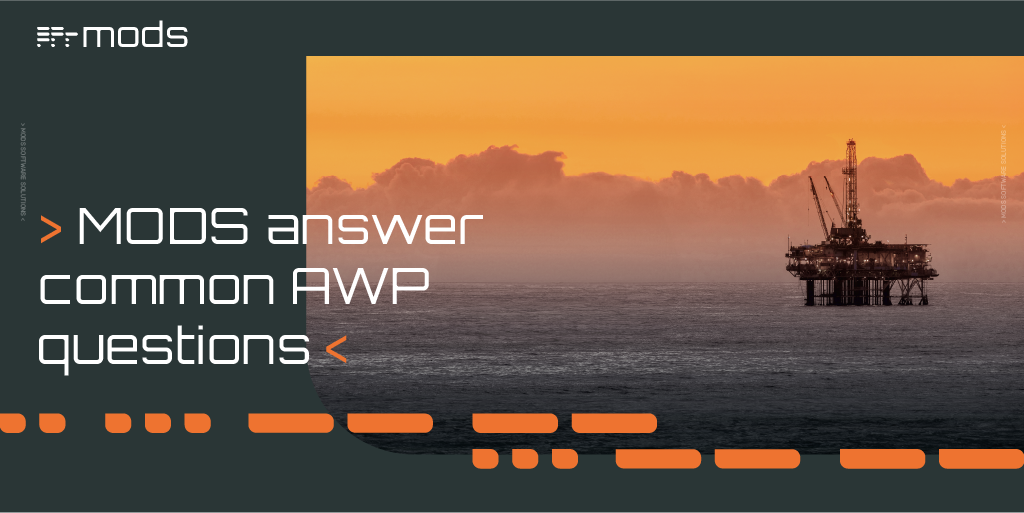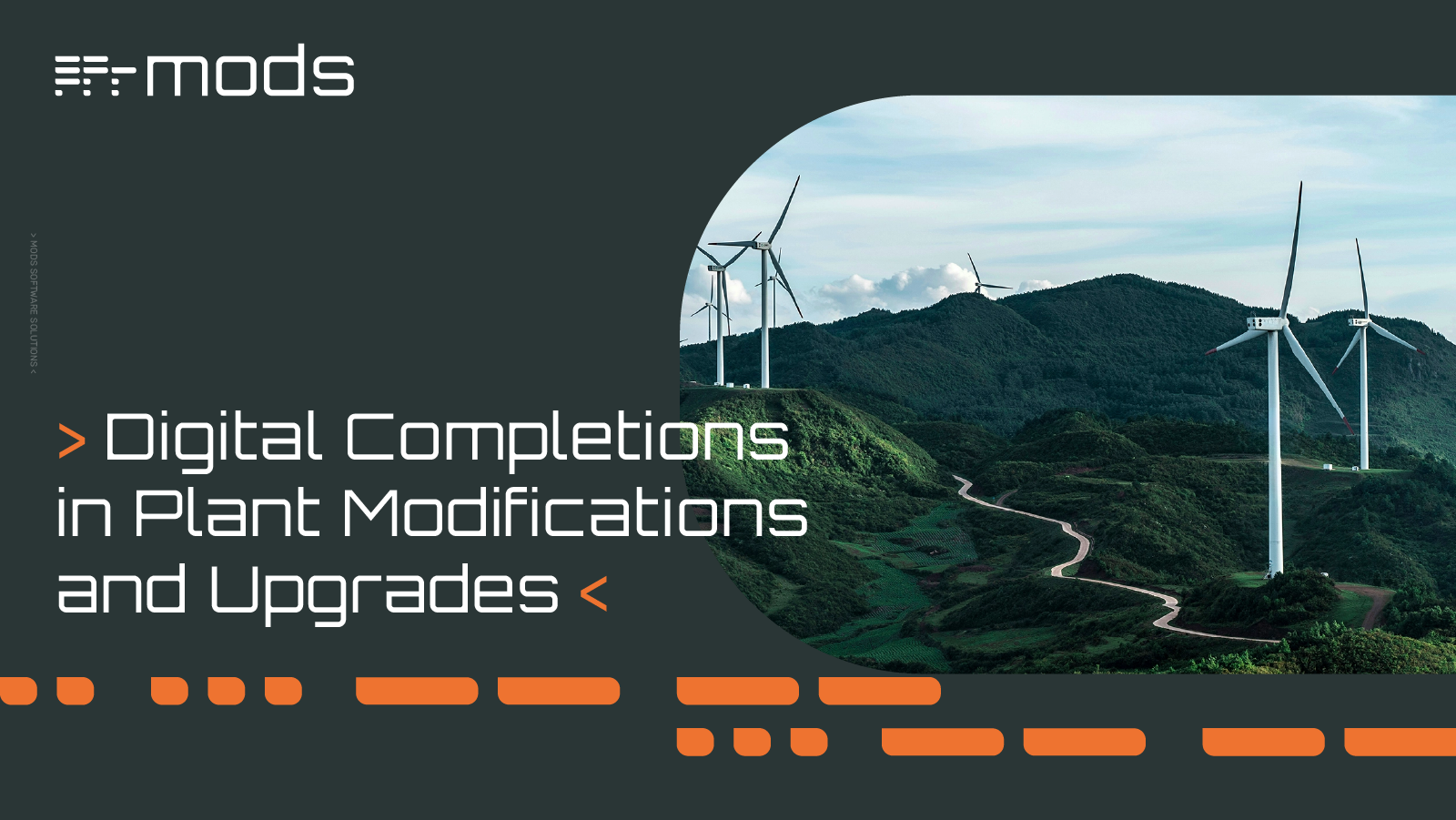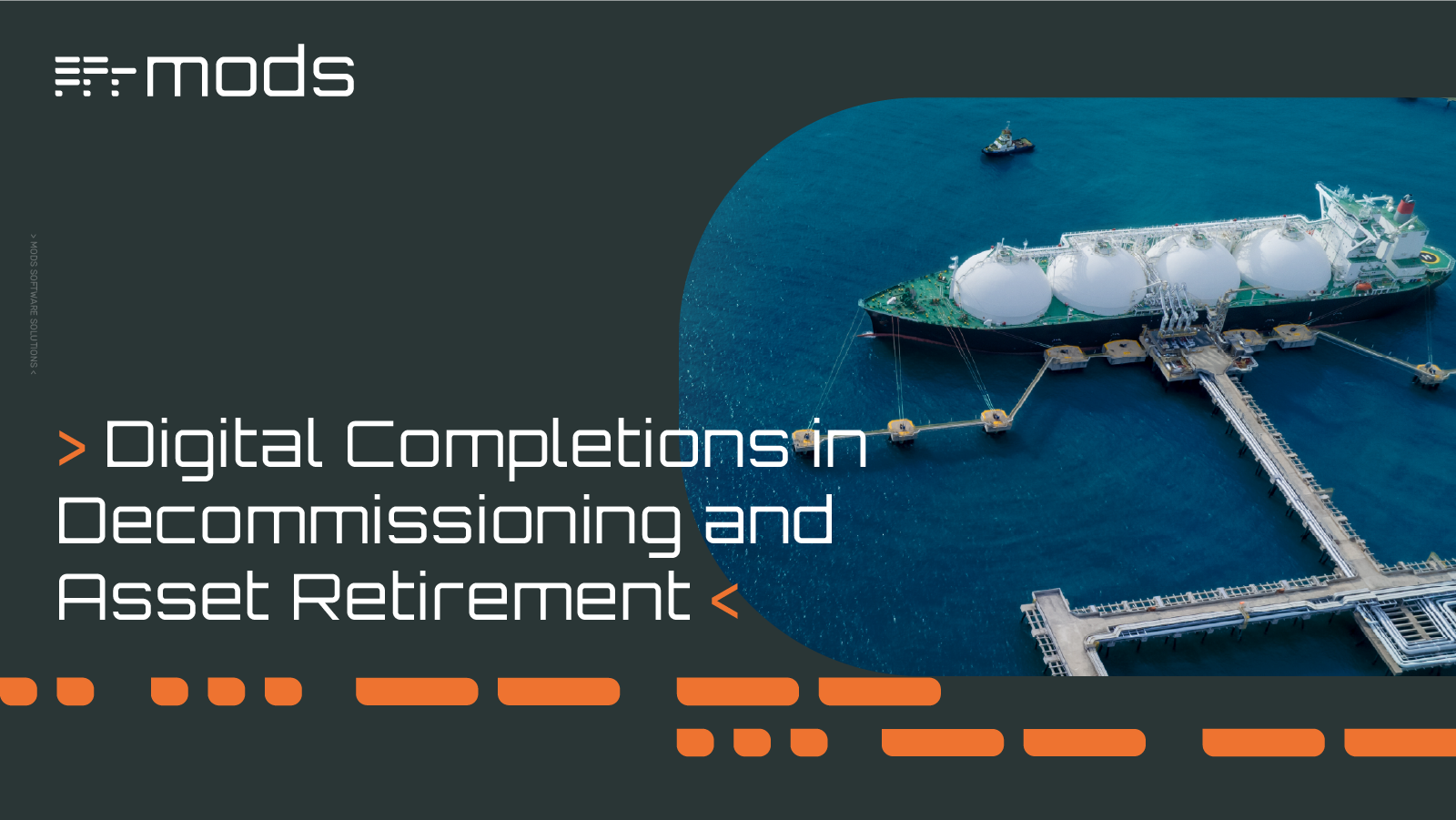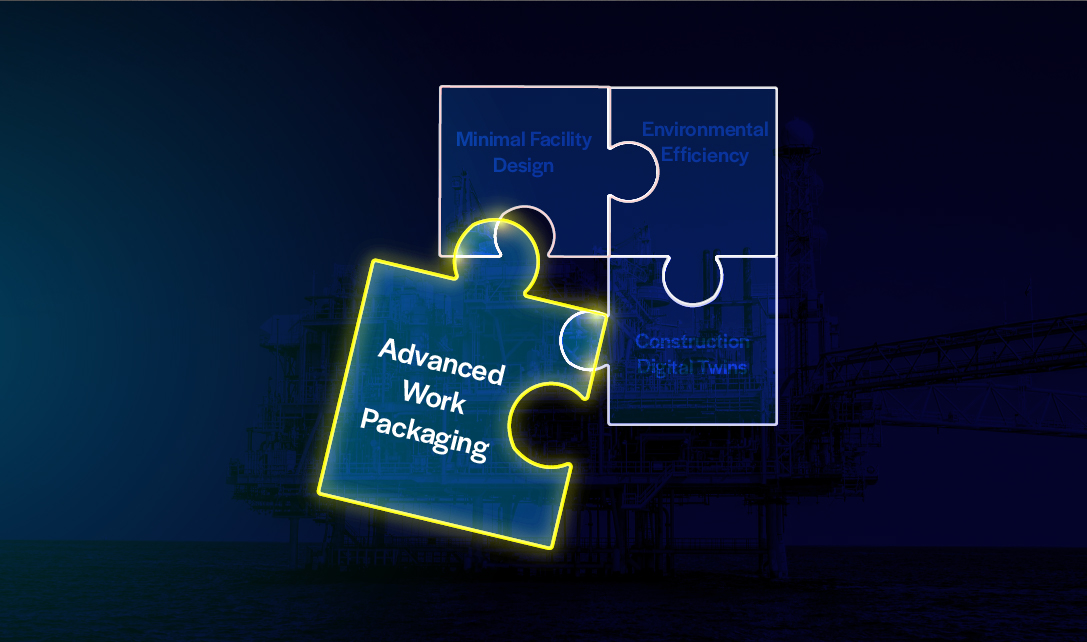Digital Completions in Plant Modifications and Upgrades
Unlike greenfield or any new build construction projects, plant modifications and upgrades present a unique set of challenges. Work is carried out...

Advanced Work Packaging (AWP) has fast become best practice for industrial projects. Owner-operators increasingly stipulate to EPC contractors that AWP is a requirement. As a methodology, AWP seems to be accepted as a way to enhance efficiencies, safety and quality of project delivery.
So, in principle, AWP is a ready-made, fast-track to project success, right?
It certainly has the potential to be.
If you need a refresher as to what exactly AWP is, check this out. But just because something is good in theory doesn’t make it so in practice. And people are asking a lot of questions about the whys and hows of AWP implementation in actual projects.
Here, we answer some common AWP questions that are best asked and answered in advance of implementation. We answer these essential questions from the perspectives of various stakeholders to help facilitate AWP methodology and digital tools for your projects.
Owner: Prescribing the application of AWP in the contractual requirements reduces exposure to safety hazards and leads to improved efficiencies.
Project Management Team: With AWP, everyone can see all information presented in an agnostic fashion and in real-time. AWP helps to easily identify – and, hence, mitigate – constraints.
Project Control: AWP enables better control and communication between the control and fabrication teams, in part because all constraints highlighted by fabrication in the “war rooms” are made known to the other project departments, such materials/procurement and quality control. This shortens the lead-times needed for the various entities to close out outstanding activities and release the work front to fabrication.
Construction: Implementing AWP improves the visibility of the scope of work to be executed. It also provides a better idea as to workload. This improved visibility enables more accurate understanding of the required labor and other resources, ensuring that the planned resources are enough to cover all activities for each work package.
Owner: The role of the owners’ team is to assure delivery in line with the contractual obligations. With AWP, this is integral to all collaborations required for the project across all domains, helping to quality assure the project delivery.
Project Management Team: Setting up AWP is s significant effort and one that requires ongoing effort to sustain. These efforts, however, reduce work needed to coordinate during the actual execution, which helps projects run smoother.
Project Control: With AWP, there is increased synergy with other teams in our organization during the implementation phase. This increases cooperation and alignment, positively feeding back to the deployment of the AWP process. Once the AWP process is established, the project continuously feeds back with results, inputs and real-time status.
Construction: AWP significantly improves project organization and coordination. The construction team are fully supported and connected with the planning team and work face planners. This ensures that all constraints are monitored and cleared as per schedule for the submission of work packs for execution.
Owner: Collate AWP contractual requirements with the AWP procedures developed by the Contractor. This comprehensive guidance can be distributed to raise awareness, ensuring that roles and responsibilities are understood and fulfilled.
Project Management Team: Check the project dashboard daily, clarifying any details in real time.
Project Control: Promote AWP training on the processes, workflows and use of the AWP tool. Customize relevant sections of any presentation materials for the different audiences. Consider launching an AWP campaign for the upcoming project, communicating how AWP can improve the project’s efficiency and safety.
Construction: Reinforce the AWP program during all regular internal meetings with subcontractors.
AWP is, at its core, a device to facilitate planning, communication and coordination for constraint-free project execution. The upfront understanding of benefits and communication to all involved project stakeholders is essential to garner buy-in and adherence to AWP principles throughout the entire project.
So: communicate the benefits to all teams well in advance. Continuously reinforce and oversee the AWP implementation throughout to help realize the myriad of time-cost-and-safety saving benefits. Once AWP is implemented successfully, it will sell itself.
Discover the power of Advanced Work Packaging (AWP) beyond big projects! Join Mikitaka Hayashi, MODS’s AWP expert, to learn how AWP can transform small projects and brownfield contexts.

Unlike greenfield or any new build construction projects, plant modifications and upgrades present a unique set of challenges. Work is carried out...

Turnarounds and shutdowns are among the most critical—and stressful—phases in the management and operation of industrial assets. These planned...

Offshore decommissioning and asset retirement present significant logistical, regulatory, safety, fiscal and reputational challenges. The process of...

MODS develop award-winning Advanced Work Packaging (AWP) tools and work alongside global partners to deploy AWP on everything from mega-projects to

Here is a checklist of items to get Advanced Work Packaging (AWP) implementation off on the right footing. It is not a complete list but covers...

This blog is the second in a four-part series looking at the following future trends in energy sector facilities: